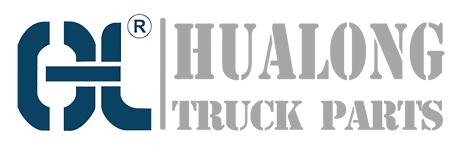Introduction
Hydraulic cylinders are a key component of many industrial tools and equipment, but they come in different shapes and sizes. That's why it's important to know how to measure them accurately. In this article, we will provide you with a step-by-step guide on how to measure hydraulic cylinders so that you can choose the right one for your equipment.
1. Diameter and Rod Size
The first step in measuring hydraulic cylinders is determining the diameter and rod size. This information can be found on the cylinder's identification tag or on the end-cap. You'll need to measure the bore diameter and piston rod diameter using a caliper or micrometer to ensure you get the right replacement cylinder.
2. Stroke Length
The stroke length is the distance the piston rod will travel from fully extended to fully retracted. To measure this, you'll need to remove the cylinder from the equipment and measure the distance between the two end-cap mounting surfaces, with the piston fully extended. This can also be found on some identification tags.
3. Mounting Styles
Hydraulic cylinders have different mounting styles, including flange, trunnion, clevis, and tang. It's a good idea to determine the mounting style of your current cylinder before purchasing a replacement, unless you're planning on retrofitting your equipment.
4. Working Pressure
The working pressure of a hydraulic cylinder is the amount of pressure it can safely handle during operation. You should be able to find this information on the cylinder's identification tag or in the equipment manual. It's important to purchase a replacement cylinder that can handle the working pressure your equipment requires.
5. Operating Temperature
The operating temperature of a hydraulic cylinder is another important consideration. High temperatures can cause seals to fail and could damage the cylinder. Be sure to choose a cylinder that can operate within the temperature range of your equipment.
6. Material
Hydraulic cylinders can be made of different materials, including steel, stainless steel, and aluminum. The material you choose will depend on the environment in which the cylinder will be used, as well as your budget.
7. Rod End Options
There are various rod end options available for hydraulic cylinders, including male and female threads, clevises, pins, and eyelets. You'll need to choose the right rod end option that will work with your current equipment.
8. Ports and Positions
Ports and positions determine how the cylinder will be connected to the hydraulic system. There are various port sizes and positions available, so be sure to choose the right one for your equipment.
9. Cushions and Rod Boots
Cushions and rod boots are optional components that can help extend the life of your hydraulic cylinder. Cushions are used to dampen the impact at the end of the stroke, while rod boots help to protect the piston rod from environmental damage.
10. Customization
If you can't find a hydraulic cylinder that meets your requirements, you may need to consider customization. Many manufacturers offer customized cylinders that can be tailored to your specific needs.

